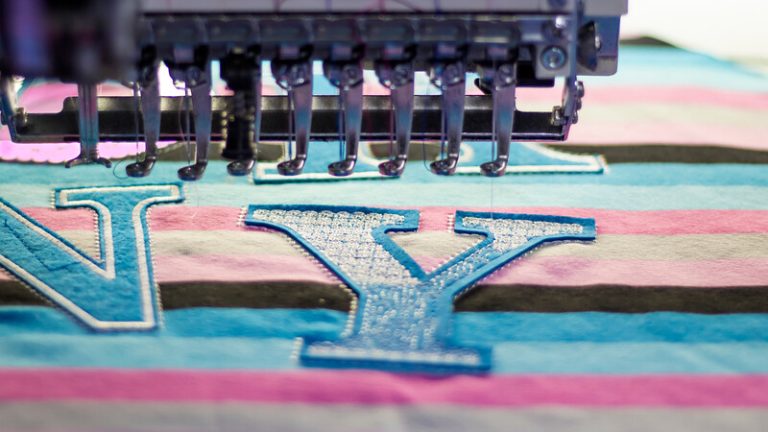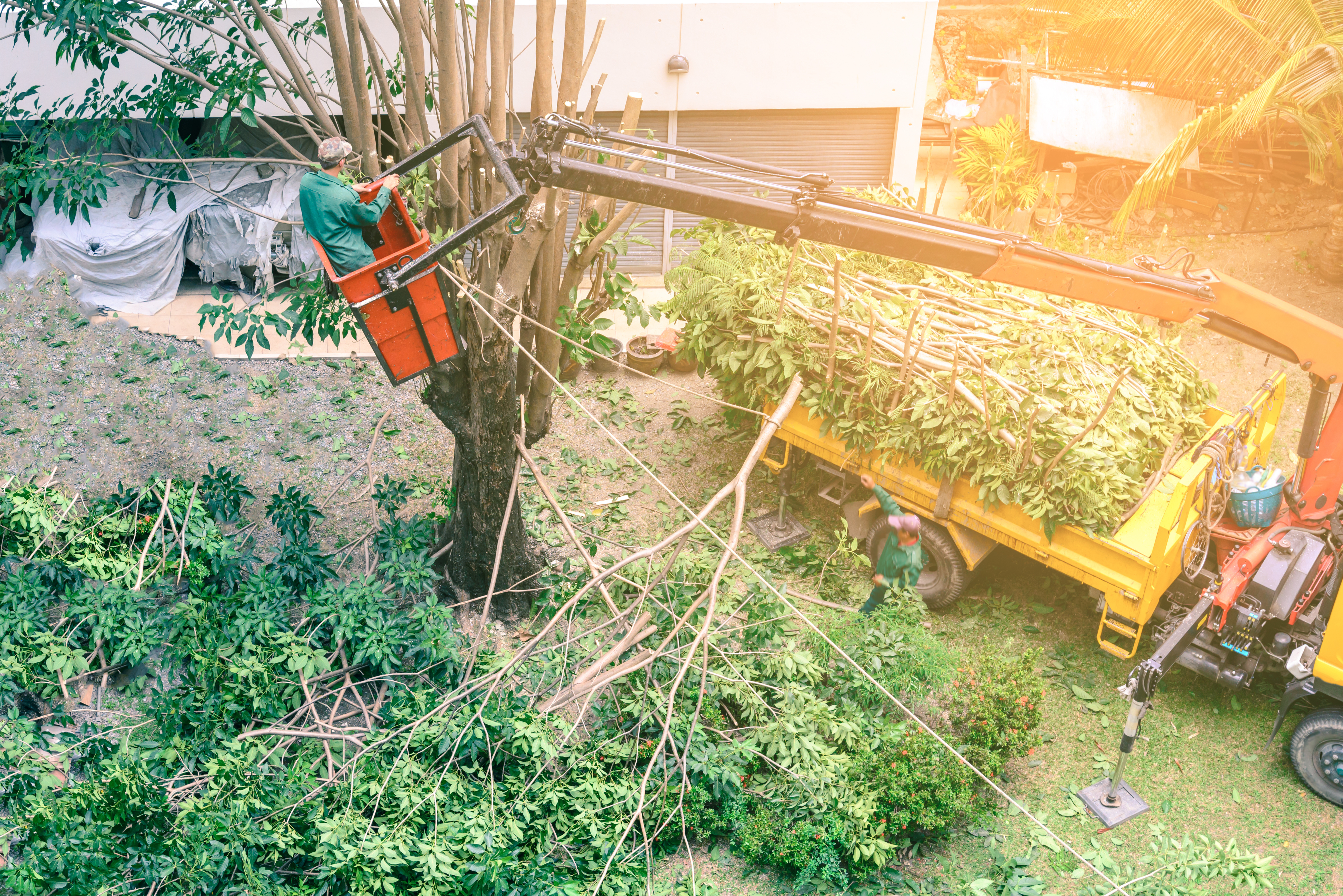Stainless steel is often treated with heat to make it softer and easier to work with. However, it is also heat treated to harden, increase resistance to corrosion, and make it more flexible. In order to prevent contamination, stainless steel annealing is often done under a controlled environment. However, there is more than one process for annealing stainless steel.
Heat Levels Depend on the Alloys
Some types of stainless steel annealing can be achieved below 1000 degrees Celsius. This is usually done for a brief period of time to prevent scaling. However, most annealing processes require heat in excess of 1040 degrees Celsius.
Process Stainless Steel Annealing
Both martensitic and ferritic stainless steel can be softened by process annealing. This method is sometimes referred to as subcritical or intermediate annealing and is not be confused with full annealing methods. Process annealing is used to restore partial ductility to the metal. This is done at relatively low temperatures (as cool as 260 degrees Celsius in some cases). However some process annealing is done with temperatures in excess of 700 degrees Celsius. This depends on the type of stainless steel.
Full Stainless Steel Annealing
Full annealing is used to allow stainless steel to retain some hardness, strength, and flexibility, while still making it soft enough to work with. Stainless steel is heated long enough to form austenite. Cooling is accomplished slowly with a process called furnace cooling. In this method, heat to the furnace is turned off and the material stays in the furnace as it gradually cools. During full annealing it is critical for the stainless steel to slowly cool, to retain its desired properties.
Quench Annealing
Instead of slow cooling, quench annealing utilizes a rapid cool down. For example, the heated metal may be submerged in water. This method is employed to overcome sensitization.
Stabilizing Annealing
This is often used for annealing 347 or 321 stainless steel. The stabilizing method allows carbon to bond with the titanium present in 321 or the niobium in 347. The metal is heated to as high as 900 degrees Celsius for several hours and then rapidly cooled. This stainless steel annealing method requires strict environmental control.
The Importance of Cleaning
Stainless steel needs to be completely cleaned before the process of annealing and this is especially important for austenitic types. The process of hardening can leave residue like oil, grease, or carbon, on the metals and this can affect stainless steel annealing processes. If not properly cleaned, the anti-corrosive properties of the metal could be seriously compromised.





